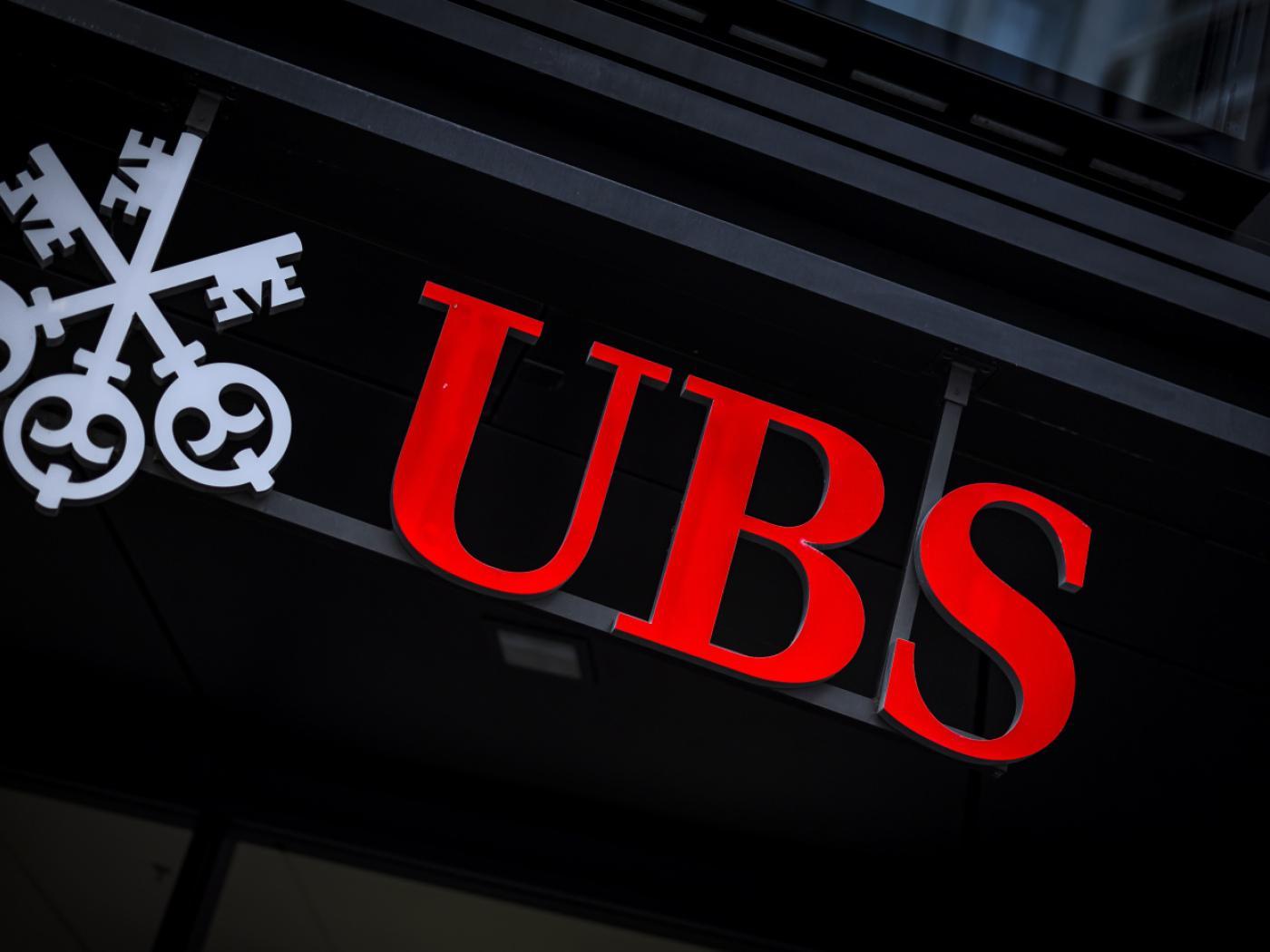Overview: The prospect that the Federal Reserve tightening cycle continues into early Q3 is underpinning the greenback today against most of the G10 currencies. The dollar bloc is the notable exception, and they are posting minor gains, perhaps encouraged by the firmer equity markets. The minutes of this month’s FOMC meeting appear to show wide support for quarter point hikes going forward and there did not seem to be much discussion of the conditions that would allow for the central bank to pause, which the market had expected around by the end of Q2. The euro has been sold below $1.06, while the greenback is holding just below JPY135 ahead of a big day tomorrow in Tokyo, which seen national inflation figures and BOJ Governor nominee Ueda questioned in the Japanese parliament. A hawkish hold by the Bank of Korea, signaling the risk that the pause is short lived, is helping the South Korean won lead the emerging market currencies today, but the Mexican peso continues its dramatic advance and is trading at new five-year highs today.
Asia Pacific equities were mostly lower following yesterday’s losses in the US. However, Taiwan and South Korea bucked the trend. Europe’s Stoxx 600 is holding on to minor gains. US equity futures are firmer, and the S&P 500 is looking to snap a four-day skid. Benchmark 10-year yields are mostly a little higher. The 10-year US Treasury yield is up a couple basis points near 3.94%, while European rates are 1-2 bp points higher. Italy’s 10-year yield is slightly softer. UK Gilts are under the most pressure as the 10-year yield rise four basis points. Gold recorded an outside down day yesterday and is consolidating little changed near $1827 in the European morning. April WTI fell to a two-week low yesterday near $73.80 and is also consolidating today. API reportedly saw another large build of US crude stocks for the ninth consecutive week. If confirmed by the EIA later today, it would point to US crude inventory near a 21-month high. Natgas is pinned near its lows.
Asia Pacific
There are three important events in Japan tomorrow. First, the national January CPI figures will be reported. The Tokyo CPI out earlier warns of new cyclical highs for the national figures, north of 4% for the headline and core rate (excludes fresh food). There is good reason to suspect this could prove to be the cyclical high as government subsidies, falling energy and wheat prices, and the appreciation of the yen on a trade-weighted basis dampen price pressures. Second, the weekly Ministry of Finance portfolio flows will be reported. As we have noted, after selling around $180 bln of foreign bonds last year, Japanese investors have been net buyers in the first six weeks of the year (~$19.5 bln). The rise in the US 10-year yield this month recoups the decline seen in January, leaving the yield nearly flat net-net since the end of last year. The cost of hedging for six months is practically unchanged from the end of last year (2.6% vs. 2.5%, forward points as a percentage of spot). Third, the nominee to replace BOJ Governor Kuroda Ueda, will appear before the Diet. He is unlikely to break new ground or commit to any course of action, though he may endorse a policy review and reiterate his view that the Japanese economy still needs monetary support. He may be asked about the wage hikes recently announced by two large auto companies.
South Korea's central bank stood pat as widely expected but gave a strong signal that another hike will likely be forthcoming, supporting global theme of higher for longer. The key 7-day repo rate was left at 3.5%, but five of the six board members agreed that there may be scope for another hike after pausing. Last month, only three board members shared that opinion. One member dissented from today's decision in favor an immediate quarter-point hike. The central bank shaved its growth forecast for this year to 1.6% from 1.7%. The South Korean economy contracted in Q4. It also pared its inflation forecast to 3.5% from 3.6%.
The dollar remains in a narrow range against the Japanese yen as it continues to hover around JPY135. Today's range through the European morning is roughly JPY134.70-JPY134.95. A convincing move above JPY135 would target the JPY136.50 area next. A further rise in US interest rates and/or clear signal from Ueda tomorrow of no immediate intention to raise rates or exit yield-curve control may be the impetus. The Australian dollar briefly dipped below $0.6800 yesterday but is holding above it today. The 200-day moving average is slightly above $0.6800 and the Aussie has not closed below it since early January. A move above the $0.6850-65 area is needed to lift the technical tone. The greenback continues to grind higher against the Chinese yuan. It has only fallen once since February 9 and that was on this past Monday. It reached almost CNY6.90 today, its highest level since January 4. The next technical target may be around CNY6.9340. The reference rate was set at CNY6.9028 (vs. median projection of rCNY6.9024 in Bloomberg's survey), suggesting no protest yet from the PBOC. Lastly, we note the South Korean won is up about 0.6% to lead the emerging market currencies after the hawkish hold by the central bank.
Europe
While the shift in market expectations for the terminal Fed funds rate has been the key driver of the dollar's recovery this month, the terminal rate for the European Central Bank has also crept higher. At the end of 2022, the implied policy rate for the end of 2023 in the overnight index swaps market, was 3.44%. It now is near 3.65%. This means that the backing up of US short-term rates has not translated into as much of a widening of its two-year premium over Germany, as one might have expected. The US premium peaked early last August near 277 bp. Even in early November, the premium was still above 260 bp. It fell sharply and reached 145 bp a couple of days before the strong January US employment and service ISM were reported on February 3. The rate differential peaked a few days later a little more than 185 bp. It has been hovering around 175 bp for the bast two weeks (+/- 3 bp).
Incorporating the delayed Germany CPI figures fueled an upward revision to the aggregate eurozone January inflation estimate. The headline rate stands at 8.6%, up from 8.5%. The core rate was revised to 5.3%, a new cyclical high, from 5.2%. The stronger than expected flash PMI reported earlier this week and today's revised inflation report will strengthen the hawks at the ECB, some of whom seem to want to pre-commit to another 50 bp hike. A move of that magnitude has already been signaled for the mid-March meeting. The following meeting is May 4. The pullback in the euro may also bolster their case.
The euro briefly slipped below $1.06 yesterday in the volatile reaction to the FOMC minutes. Yet, the $1.0605 settlement was the lowest of the year. It has been pushed lower in the European morning to record a low slightly above $1.0585. The next important chart area is closer to $1.05 (and then $1.0460). However, the intraday momentum indicators are oversold and the strength, or indeed, the lack thereof, of the bounce may help shape day traders’ strategy. A move above $1.0630 may be needed to help stabilize the tone. Sterling continues to trade within Tuesday's range (~$1.1985-$1.2145). Resistance is seen near $1.2130, where the 20-day moving average is found. It has not traded closed above that moving average since February 1. Its intraday momentum indicators are also oversold, and initial resistance is seen in the $1.2060-80 area.
America
Today's look at Q4 22 US GDP is not so important for market
participants. Weekly initial jobless claims will cover the same week
as February employment surveys and may draw more attention. That said, the 517k
rise in January nonfarm payrolls was a bit of a fluke. The early call for
February is that job growth slowed to 200k, which if true would the slowest
since the end of 2020. The Atlanta Fed's GDPNow tracker will be updated
tomorrow, but the results of Bloomberg's latest (Feb 14-20) survey of (66)
economists were reported yesterday. The median forecast for Q1 growth has been
revised to 0.5% from flat and a contraction is still seen in Q2 (-0.5% vs.
-0.6%) and Q3 (-0.1% vs. -0.3%). Also, the median forecast for CPI was raised
to 4% from 3.7% previously. The Fed's Bostic and Daly (non-voters) speak today,
while several speak on tomorrow (Jefferson, Mester, Bullard, Collins, and
Waller). The FOMC minutes failed added little new insight, except that
"almost all" members thought downshifting to a 25 bp hike was
appropriate, meaning that the hawkishness of Mester and Bullard (and possibly
Kashkari) did not find broader support. While it would seem to reduce the
likelihood of a re-acceleration next month, the market seems to see the rate
hike cycle extending into July.
Mexico reports the bi-weekly CPI for the first half of February. The 0.35% (headline) and 0.39% (core) median projection in Bloomberg's survey is still too high for the central bank, even though it will allow the year-over-year rates to decline slightly. The minutes from the February 9 central bank meeting, which surprised the market with a hawkish 50 bp hike will be released. The overnight rate stands at 11% and the swaps market sees potential to 11.75% in 25 bp increments over the next six months.
The US dollar is trading inside yesterday's range against the Canadian dollar (~CAD1.3515-CAD1.3570). A break of yesterday's lows, perhaps encouraged by the S&P 500 snapping a four-day fall, could signal a test on the CAD1.3480-CAD1.3500 band of support. It takes a break of CAD1.3450 to signal anything important. The US dollar stalled near MXN18.48 yesterday and has been sold to new five-year lows today, slightly below MXN18.30. There is little meaningful support ahead of MXN18.00, though we suspected some support may be found around MXN18.25.
Full story here Are you the author? Previous post See more for Next post
Tags: #USD,Currency Movement,ECB,EMU,Featured,federal-reserve,Japan,Mexico,newsletter,South Korea

























